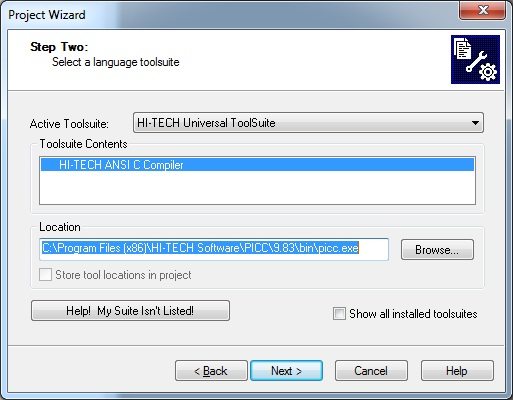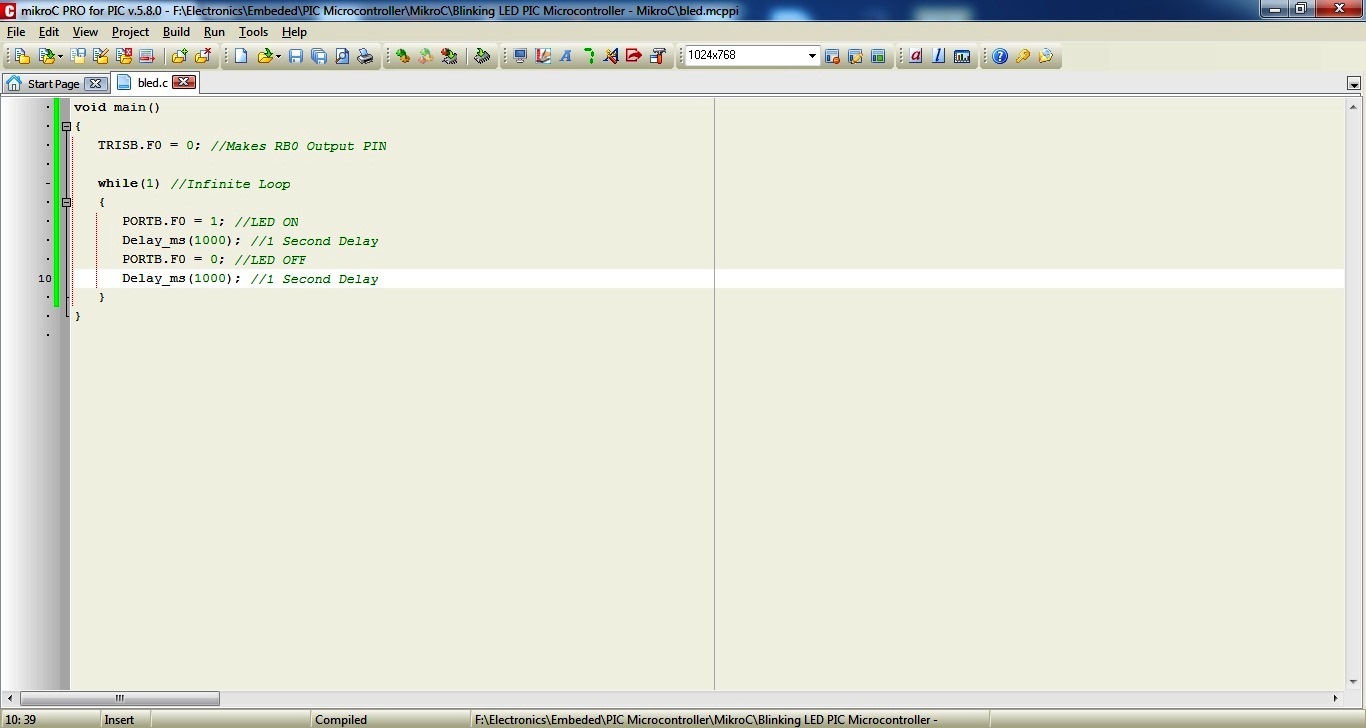Pic16f690 Serial Communication C Code Editor

Free C Code Editor
Pic16f690 Serial Communication C Code Editor. Programming Languages. This is the so called executable code comprised of seemingly meaningless sequence of zeros and ones.
Operators; Reflection. A C Class for Serial Communications. Is this code compatible for reading from a serial port connected to bluetooth?Rotate left in C I was wondering whether anyone has ever created a function using C that will rotate through the carry flag, just like the RLF assembly code command. I have an assignment to use the PIC16F84A as a 'Knight Rider' (flashing LEDs on back and forth), at a variable rate. I've conquered the variable speed part, but cannot get the rotate to work.

I realise that I will have to clear the carry flag on the first time round (LEDs are wired common cathode to PORTB), then drop this bit into RB0. Then I'll have to shift the bits one place to the left (using PORTB=PORTB.Do you have to bother with the carry bit?
Could you just do an 8-bit rotate ignoring the carry bit by: if (RB70) PORTB = PORTB1; else PORTB = (PORTB1) & 0x80; // copies the old bit 0 into bit 7 I don't use PIC C, so I'm not sure if the syntax of '(RB00)' is correct, or how the C shift operators relate to the carry bit, if at all. In.standard. C, sign-extends the variable (so shifting a signed number to the right maintains the high bit, and shifting an unsigned number to the right shifts in a zero). There isn't really a concept of a carry bit in standard C operators, and the are definitely shifts, not rotates. I don't know if PIC C would change the meaning of the. I would examine the machine code generated by your C compiler, first of all.
Since all PICs, as far as I know, make use of RLF / RRF, which DO rotate through the C flag, the compiler would have to employ some special tricks to make ' and ' on '1' and noting the result. Once you made sure that '. Logically, '.I would examine the machine code generated by your C compiler, first of all. Since all PICs, as far as I know, make use of RLF / RRF, which DO rotate through the C flag, the compiler would have to employ some special tricks to make ' and '. It may be possible to check the carry to work out when the 0 has been pushed out of the end of the register, but if C is cleared before the rotate part of any subsequent , the bit moved into it will have to be manually regenerated in the register afterwards. Also, if there really is a single 0 moving in a sea of 1s, the 1s will have to be maually ORed back into the end of the register after every operation.Whenever the time does come to reverse, that would be just as detectable from the register state (all 1s?) as from the carry.
Uart Mplab Code
Certainly, from a C point of view, I doubt I'd bother with the carry flag for an application like this, since it's ephemeral, but the PORTB state will persist until the time I next decide to change it (which is probably the smart time to worry about what it's.next. state should be). If the desired output pattern was: All LEDs lit, LED 0 out, LED 1 out.LED 7 out, all LEDs lit, LED 7 out., it would seem much easier to ignore the carry completely and use the register state to decide on the action to take.

If at the time to change the register, it was in the 'All lit' state, then the driection could be changed, and the starting pattern (0x80 or 0x01) loaded. Otherwise, it would be shifted in the current direction, and the just-shifted-in low bit forced high.